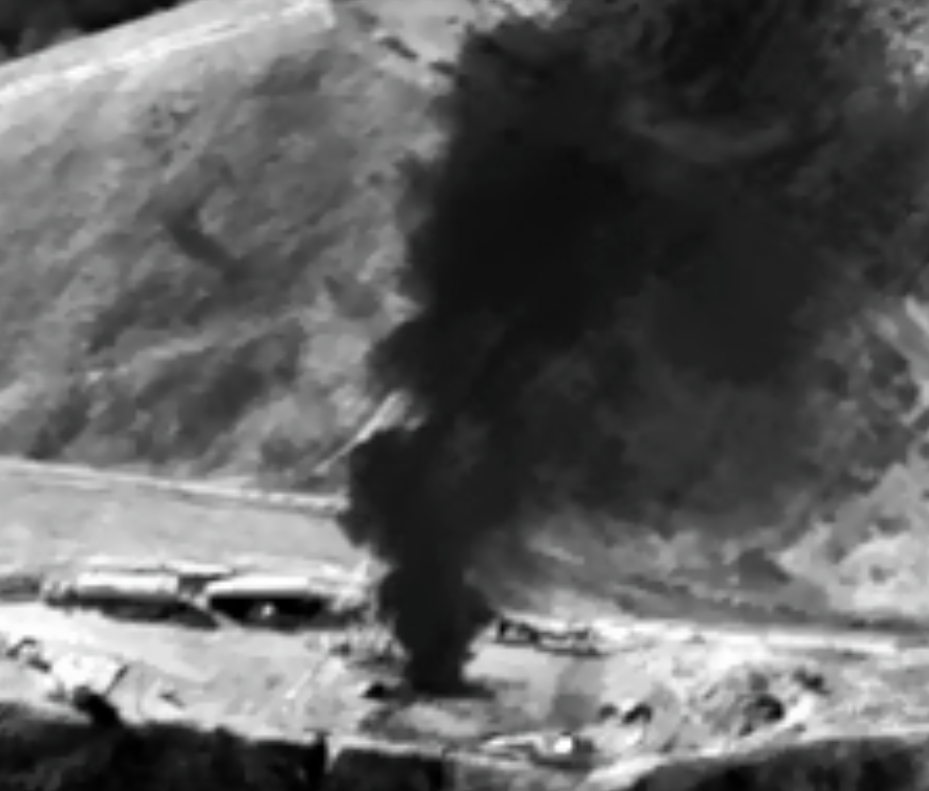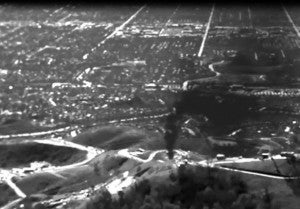UPDATE: We asked California residents what clean air protections mean to them. Here’s what they said.
Last month, lifelong Kern County, California resident Felipa Trujillo discussed the health impacts her community, located near oil and gas operations, has experienced. “It’s the most contaminated place in the country. I have witnessed many children getting cancer and asthma, and would like to leave a positive future for my grandkids.”
Trujillo was one of over twenty witnesses that appeared last month before the California Air Resources Board (CARB) to testify on the need for strong statewide rules to reduce methane pollution from the oil and gas industry. During the meeting, Board members heard about the importance of the rules from many powerful witnesses, ranging from concerned mothers and fathers, impacted community members overburdened by poor air quality, nurses who consistently treat asthma patients, industry experts, and air district agents from throughout California.
Several Porter Ranch residents testified on what it was like to endure one of the worst methane leaks in U.S. history right in their backyard. “A month prior [to the Aliso Canyon leak being reported] my daughter Emma, 22 months at the time, began showing signs of asthma. Two months after the gas leak was reported, my daughters were diagnosed with acute exacerbation of asthma,” described Porter Ranch resident, Jaqueline Shroeder, calling on the Board to take swift action in approving strong rules. Read More
 As a major producer and consumer of oil and gas, California can set the bar for reducing methane leaks. And today, the Golden State showed it’s up to the challenge, making a critical change in
As a major producer and consumer of oil and gas, California can set the bar for reducing methane leaks. And today, the Golden State showed it’s up to the challenge, making a critical change in  Each month, the Energy Exchange rounds up a list of top clean energy conferences around the country. Our list includes conferences at which experts from the EDF Clean Energy Program will be speaking, plus additional events that we think our readers may benefit from marking on their calendars.
Each month, the Energy Exchange rounds up a list of top clean energy conferences around the country. Our list includes conferences at which experts from the EDF Clean Energy Program will be speaking, plus additional events that we think our readers may benefit from marking on their calendars. The leak in Southern California Gas Company’s Aliso Canyon Facility released a massive amount of methane – a powerful climate change pollutant. Like other catastrophes, now that the pollution release is stemmed, the focus shifts towards cleanup and mitigation (as well as establishing causation, preventing recurrence, and pursuing legal actions).
The leak in Southern California Gas Company’s Aliso Canyon Facility released a massive amount of methane – a powerful climate change pollutant. Like other catastrophes, now that the pollution release is stemmed, the focus shifts towards cleanup and mitigation (as well as establishing causation, preventing recurrence, and pursuing legal actions).
